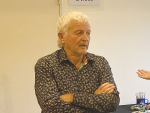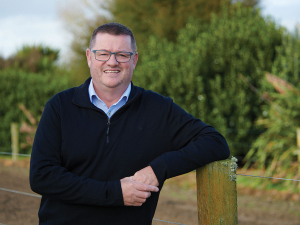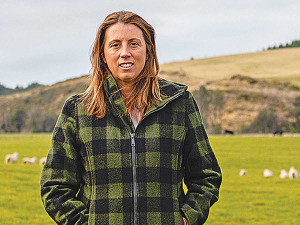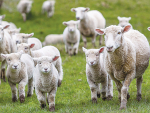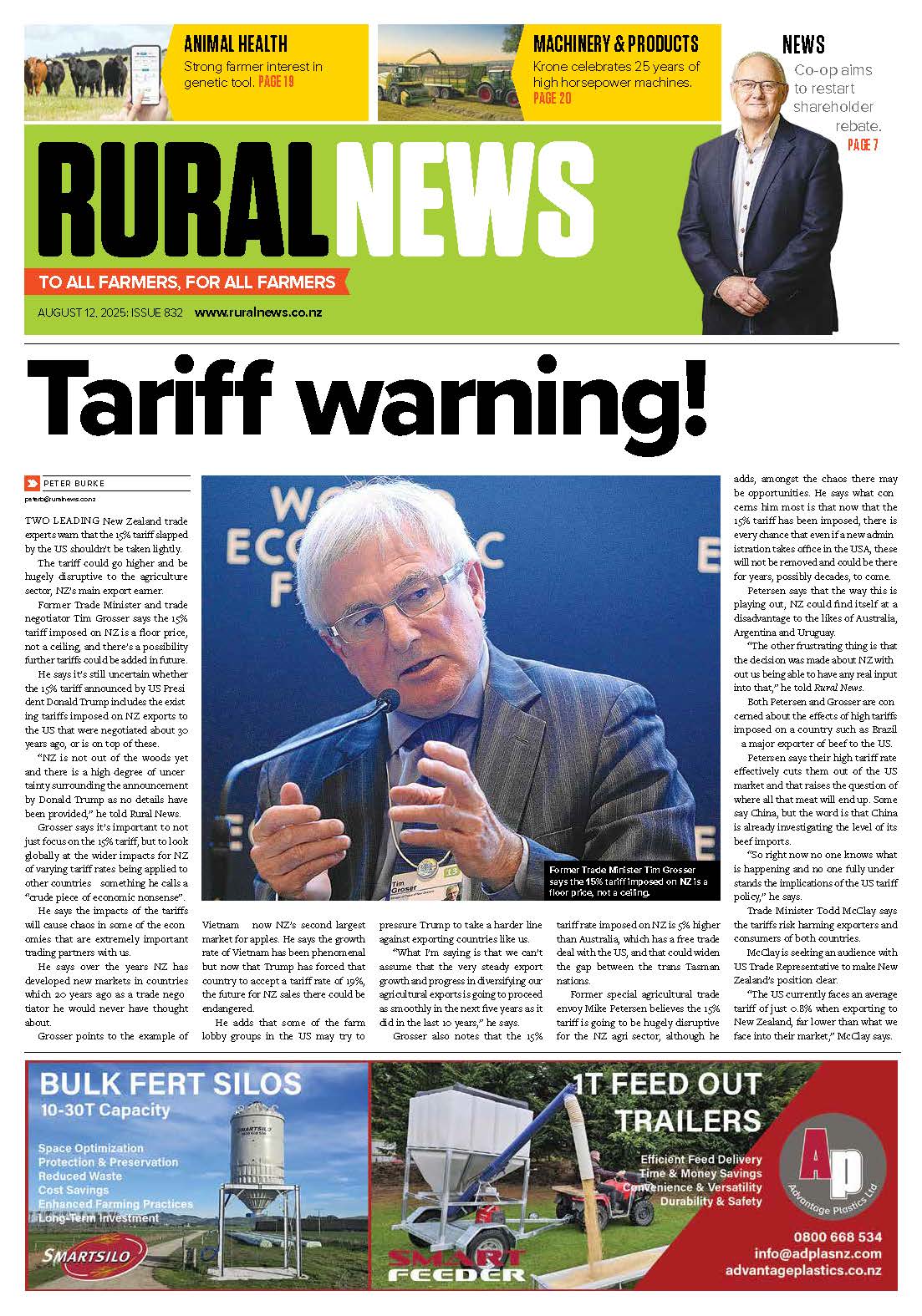The Dehesa system, an alternative option for the use of soils with poor suitability for cropping, is a farming method that combines remnant oak forests, occasional cereal crops, pastures and livestock.
State Department of Agriculture research officer Imma Farre, who grew up in Spain, is about to start a small field trial to test whether holm or evergreen oak trees can be grown at the Wongan Hills research station, 190km northeast of Perth.
The holm oak seeds have come from the Kings Park Botanical Gardens, where Farre said they had grown well. Evergreen oaks tolerate drought once established, due to their deep roots, recorded at depths of 20m.
“The oak trees are important to fill the autumn/winter feed gap in Spain by producing acorns which are highly nutritious for animals…. This year we’ll see how they establish and survive and next year we hope to plant a few more hectares in an alley farming system.”
The Dehesa system traditionally uses grasses and legumes between trees as the primary fodder source, while intercropping is done with barley or wheat.
Farre says the system uses a low stocking rate, typically two-four sheep equivalents per hectare.
“The system traditionally uses an indigenous pig breed – the Iberian pig – to graze the acorns, [producing] a highly desired gourmet product with a distinct flavor.
“More rough areas also incorporate merino sheep now being crossbred with meat sheep from France and Germany, and goats; the best areas also use indigenous cattle.”
Farre says there are many similarities between the Spanish Iberian Peninsula and Western Australia.
“Western Australian soils are acidic, like those in western Spain where the Dehesa exists, but Western Australian soils may be deeper than the Spanish soils and Western Australia is probably at the lower end of the rainfall scale of Dehesa farming,” she says.
“Dehesa farming is suitable for Mediterranean climates, like Western Australia’s, where there is a desire to combine nature conservation with a sustainable agricultural system.”






